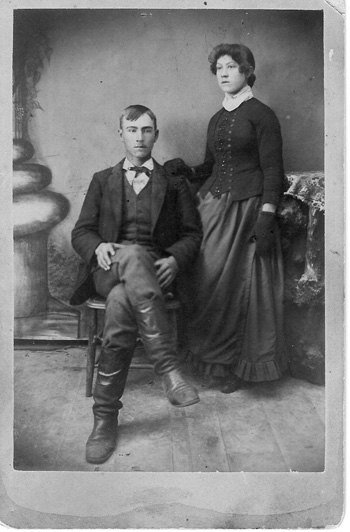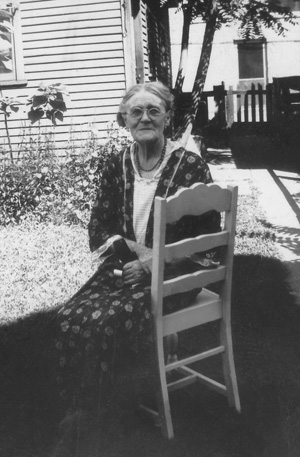 The year was 1812 and Napoleon’s Grande Armée was moving towards Russia, but things were about to go terribly wrong. On the twelfth of June, Napoleon’s troops crossed into Russia. They anticipated quick victories over the Russian army at the Russian frontier, but instead the Russian army retreated deeper into the country. As the Grande Armée pushed on into Russia, supplies became scarce and troop losses increased.
The year was 1812 and Napoleon’s Grande Armée was moving towards Russia, but things were about to go terribly wrong. On the twelfth of June, Napoleon’s troops crossed into Russia. They anticipated quick victories over the Russian army at the Russian frontier, but instead the Russian army retreated deeper into the country. As the Grande Armée pushed on into Russia, supplies became scarce and troop losses increased.
By September, Napoleon had arrived at Moscow, but by the time he entered the city, it had been evacuated and a fire broke out in several locations, destroying food, weapons and 70 percent of the city. Napoleon proposed peace talks with Alexander I, but received no response. Unable to remain in the destroyed city through the winter, he was forced to leave. The retreating army was met with counterattacks by the Russians, frigid conditions, disease, and hunger.
By December 25th Alexander I announced that the Patriotic War was over and the French had been expelled. The campaign had cost Napoleon the vast majority of the Grande Armée, as well as many Russian lives, but he wasn’t finished. He would go on to raise more troops the following year and fight yet another even larger campaign before being defeated in the “Battle of Nations,” the largest of the Napoleonic wars, which led him to finally retreat to France.
With its Navy stretched from the Napoleonic Wars, Britain was exercising its right to remove British sailors that it found on American ships, but often the removals also included Americans. The practice, known as impressment, became one of the central causes for America to declare war on Britain in 1812. The War of 1812 was fought primarily at sea, along the Canadian border, in the Chesapeake region, and along Gulf Coast. The war was ended with the Treaty of Ghent on 24 December 1814, although word didn’t reach the United States until after the Battle of New Orleans, in which Gen. Andrew Jackson and his troops won a decisive victory over the British.
Another war of sorts was taking place within England, as a movement known as Luddism fought advances made through the Industrial Revolution. With the introduction of labor-saving machinery, skilled textile workers feared the loss of their livelihood. Unskilled workers could be brought in to operate the machinery at a lower wage. The artisans banded together and broke into factories destroying the offending machinery. In 1812, Parliament passed legislation that allowed the death penalty in cases where Luddites were caught breaking machines.Â
In the U.S., Louisiana was added as the eighteenth state. The remainder of the Louisiana Territory became known as Missouri Territory. Â
In January 1812, the last of three devastating earthquakes rocked a large portion of Missouri Territory along the New Madrid fault and for many miles around it. The quake, which would now be measured at above 8.0, damaged most structures within a two-hundred and fifty mile radius of New Madrid, Missouri where the quakes were centered. The quakes were felt over much of central and eastern United States, and even rang church bells in Boston, some 1,000 miles away.



 Last week I posted an update on the World Archives Project, and in it I alluded to the fact that we would be seeing some collections “in the near future.” Well folks, the future is today! Last night Ancestry rolled a collection of Wisconsin Mortality Schedules–an addition to the existing Mortality Schedules database,
Last week I posted an update on the World Archives Project, and in it I alluded to the fact that we would be seeing some collections “in the near future.” Well folks, the future is today! Last night Ancestry rolled a collection of Wisconsin Mortality Schedules–an addition to the existing Mortality Schedules database,